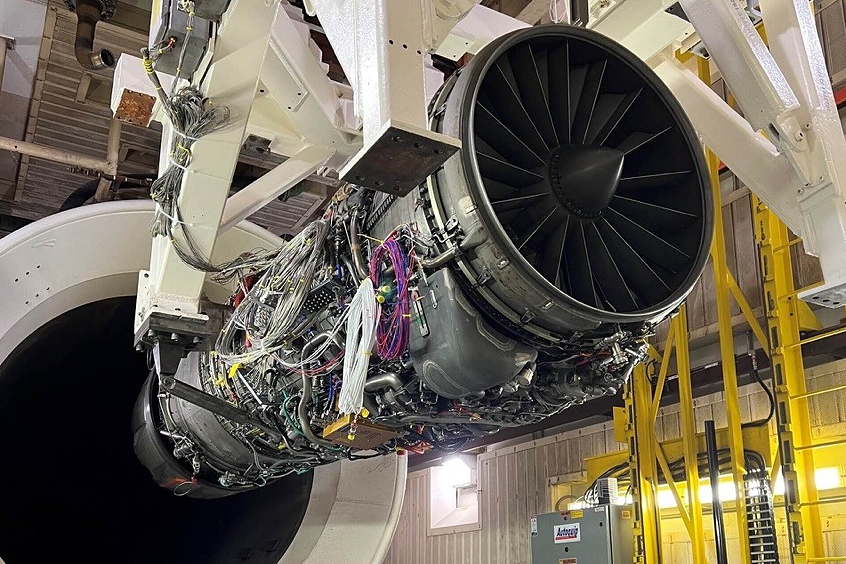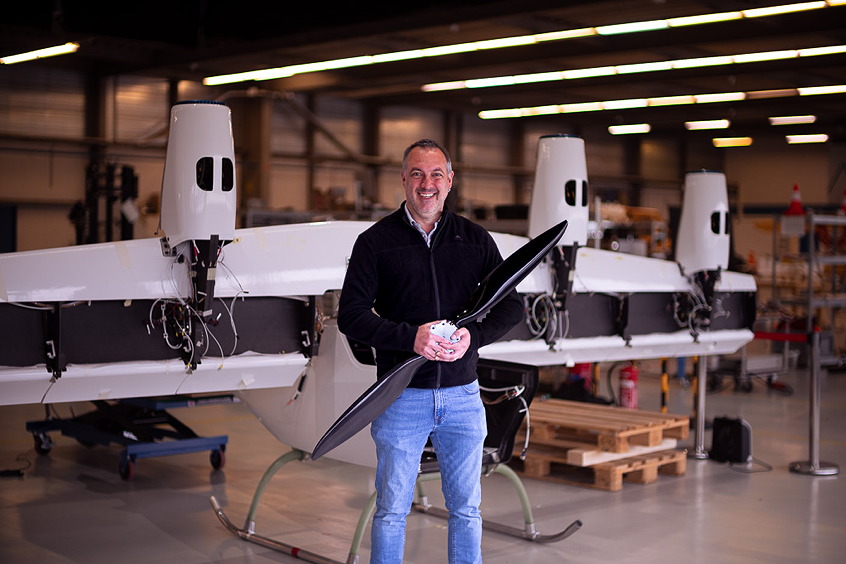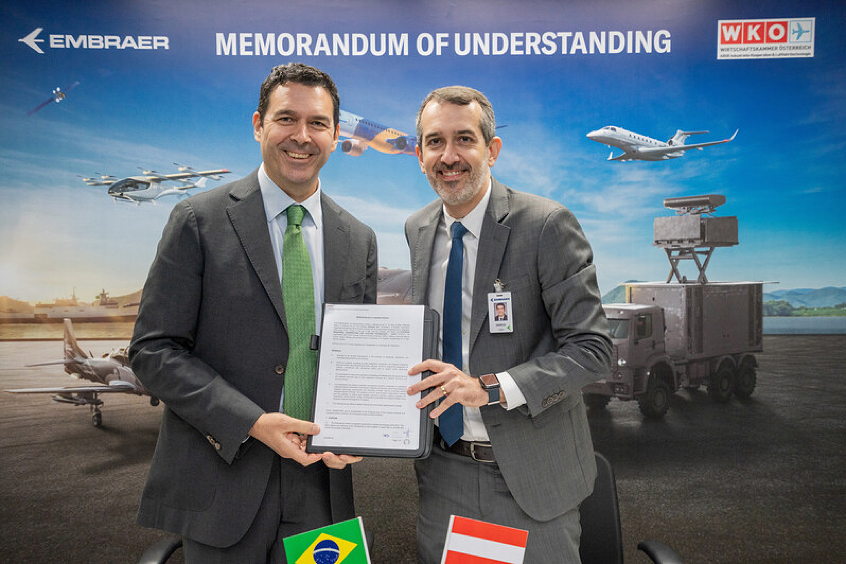A multi-million dollar aircraft designed in New Zealand is set to help governments and humanitarian organisations save lives during natural disasters and fight the impact of climate change in some of the world's most inaccessible regions.
The SuperPac XSTOL (Extremely Short Take-Off and Landing) aircraft, does not require a sealed runway and is capable of taking off in as little as 656 feet and landing on a wide variety of rugged terrains, including hillsides.
The new aircraft, which cost over US$6 million and took seven years to develop, is a next-generation, more powerful and fuel-efficient version of the global best-seller 750XL, the world's first commercial XSTOL aircraft.
The ability of the aircraft to land in remote locations on only semi-prepared airstrips and rapidly take off with up to nine passengers or 4,400 pounds of cargo has seen it sold into 28 countries, including Africa with the United Nations World Food Programme.
The aircraft also plays a vital role in the Pacific Islands where it is used in lifesaving medivac transports, humanitarian aid, disaster relief, border patrol and maritime surveillance.
Stephen Burrows, CEO of NZAero, the country's only commercial aircraft maker, says the design adaption of the aircraft to New Zealand's variable terrain and weather conditions has made it suitable for a wide range of applications to help mitigate the impact of climate change.
He says their engineers have developed a series of modular accessories for the utility aircraft that allows it to be rapidly converted within minutes to disperse fire retardant during wildfires or release rainmaking silver iodide particles above drought-stricken areas.
According to latest climate change data, wildfires are growing in intensity and spreading in range across Earth's ecosystems, and changing weather patterns are also making droughts more frequent, severe, and pervasive.
“We know that the effect of climate change is accelerating across the world and it is now more devastating to human health, economies and the environment than ever before," he says.
“Increasingly the fight against its impact is being fought by nations around the world from the skies. In the case of wildfires, historically the focus has been on using larger aircraft to deliver payloads of fire retardant across a wider area.
“The difficulty has been that by the time a forest fire is identified and an aircraft outfitted and relocated, the fire is already well established.
“With the growing frequency of these events, governments are looking to a new paradigm and it is now possible to have smaller fleets of lower-cost SuperPacs strategically deployed in areas where forest fires are common.
“The smaller aircraft requires less training to fly and less time to refuel and take on more retardant. It can also climb to altitude significantly faster and requires a landing strip which is a fraction of the length of larger planes - but is still capable of dispersing a 2,500-litre payload across 12,330m2 of forest in 10 seconds.
“Under this model, wildfires can be brought under control while they are still relatively small."
Burrows says the aircraft is also designed to be used for other environmental applications including reducing the size of locust populations, and pollution control.
He says the aircraft can also be used to transport passengers and freight into otherwise inaccessible locations, as well as for aerial photography and geophysical surveying - allowing it to be used to detect minute variations in the earth's magnetic field or measure concentrations of greenhouse gases in the troposphere.
“The predecessors to the SuperPac have formed a critical part of New Zealand's agricultural sector for the past five decades, spreading fertiliser and pesticides.
“With climate change set to dramatically increase the intensity of locust swarms this technology is also playing a role in protecting crops in other nations around the world.
“For countries which are heavily impacted by drought, natural disaster or are geographically isolated such as Papua New Guinea or Indonesia, this utility aircraft can lift more than its own weight - bringing thousands of pounds of supplies to remote villages and leave with a cargo hold full of perishable produce - providing a critical economic lifeline," he says.
| Contact details from our directory: | |
| NZAero | Airframer |
| Related aircraft programs: |
| NZAero 750XL-II SuperPAC |
Weekly news by email:
See the latest Bulletin, and sign up free‑of‑charge for future editions.

Amprius and Stafl team up for battery pack innovation

RISE engine efficiency project gains momentum

Dufour picks Mejzlik propeller blades for the Aero2
